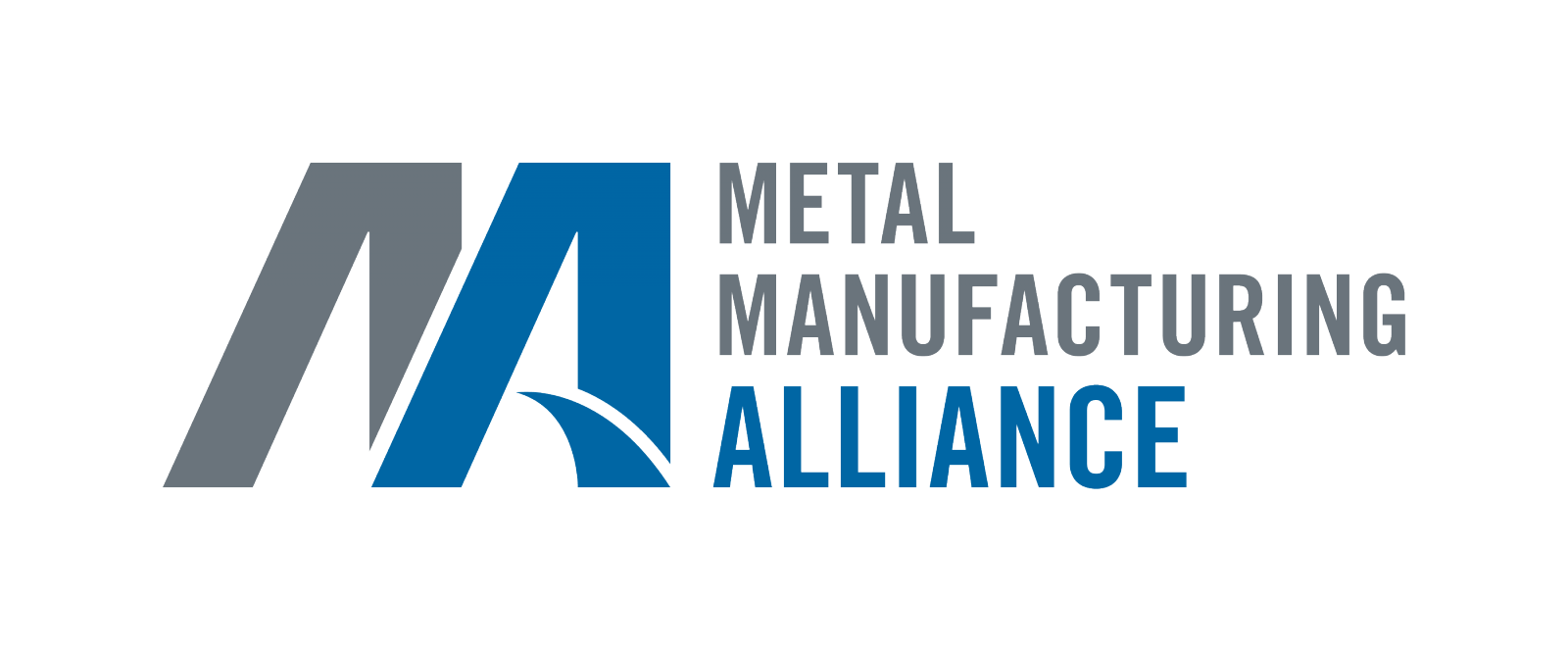
Because endoscopes are reusable medical instruments, reducing bacterial growth between procedures can significantly improve patient safety.
According to a recent study published in the American Journal of Infection Control, storing endoscopes in a cabinet with a channel-drying function was an effective way to reduce moisture and bacterial growth in scopes.
Executives at ADAPTAID, a Canadian company specializing in the design and manufacture of technical solutions for the medical sector, welcome the results of the study: “This study confirms the choice that we have made as a company to manufacture very high-quality products to provide our customers in the hospital sector with equipment that maximizes patient safety,” says Sylvie Charette, president of ADAPTAID.
In the MEDISTATIO and MEDISTOR series, ADAPTAID offers smart storage cabinets for storing endoscopes and/or probes in a positive-pressure environment with HEPA-filtered air and a system for circulating forced air through the channels. The main advantages of this system are preventing bacterial growth and maintaining the aseptic integrity of instruments for a longer period of time.
SUMMARY OF RESULTS
The study, conducted by researchers at UCLA Health, compared drying effectiveness and microbial growth in automated cabinets with a channel-drying function to that of standard endoscope storage cabinets. A recent article by Gina Shaw, published in Gastroenterology and Endoscopy News, detailed the results:
“Before the endoscopes were placed in the drying cabinets, they were put through a high-level disinfection cycle. After one half-hour of drying, all the scopes in both cabinets still had residual moisture in both internal and external channels. At the one-hour mark, scopes in the automated cabinet had no remaining moisture in the internal channels but had moisture on external surfaces, whereas scopes in the standard cabinet retained moisture in the internal channels and external surfaces. By three hours, scopes in the automated cabinet were found to be completely dry in both the internal channels and external surfaces, but moisture remained in both internal channels and external surfaces of the scopes in the standard cabinet. At 24 hours, external surfaces of endoscopes in the standard cabinet were dry, but the internal channels still retained some moisture.”
REACTION TO BACTERIA
In the second part of the study, the researchers inoculated each endoscope with Pseudomonas aeruginosa after it had gone through high-level disinfection, and compared bacterial growth rates between the cabinets. The members of the research team found many more colony-forming units in the endoscopes that were dried in the standard cabinets. After 48 hours of drying, the cabinet with the channel-drying function showed up to 9 log fewer recovered organisms in bronchoscopes, colonoscopes and duodenoscopes as compared to the standard cabinet.
For decades, failures in endoscope reprocessing have mainly been attributed to human error resulting in violations of existing reprocessing protocols. It is becoming increasingly clear that, while human error may play a role, existing endoscope reprocessing protocols may also be inadequate. If moisture remains after endoscope reprocessing, bacterial recolonization may occur while endoscopes are in storage. Without the drying step in endoscope reprocessing, fluid can remain inside of endoscopes for days. In conclusion, endoscope drying cabinets with channel-drying capability significantly reduce the risk of spreading deadly bacteria between patients by practically eliminating any dangerous accumulation of moisture.
For more details on the MEDISTATIO and MEDISTOR cabinet series, or for a quote, please visit the ADAPTAID website.
Editor’s note: adapted from the article Automated Cabinets Found Superior for Endoscope Drying, from the online magazine Gastroenterology & Endoscopy News.
.jpg)





